Pumpkin is a plant belonging to the so-called fruit vegetables. It is a favorite dessert of people of all ages and it is extremely beneficial and healthy.
When you decide to grow pumpkins, you must first choose the right place for the purpose. The pumpkin thrives in well-lit areas protected from the wind. The selected soil should be rich in nutrients, well fertilized by the previous crop.
Tillage is done in autumn. It starts with disking, which destroys the weeds, after which deep plowing is done - at 30-35 cm. Manure, phosphorus and potassium fertilizers are introduced through it.

In the spring, the soil is cultivated again, creating a good thermal and air-gas regime in the soil. For this purpose, it is cultivated 1-2 times at a depth of 12-14 cm without turning the soil layer, applying 25-30 kg of ammonium nitrate per hectare.
Pumpkins are planted at the end of April, when the temperature at a depth of 10 cm in the soil reaches 14°C. The possibility of frosts must also be considered and the possibility of them affecting the plants when they have already sprouted must be avoided.
Nests are made with the help of a hoe measuring 40-50 cm. In each of them, 5-6 seeds are planted. They are placed on layers, i.e. half are planted shallower than the others. For better and faster growth, it is good to practice seed germination.
Pre soak them for 10-12 hours in cool water (28-30°C). For one acre you will need about 300-500 seeds.
After digging, it is good to throw well-rotted manure over the nests to retain moisture and keep the surface always loose. After the seeds are planted, regular tillage is needed, such as digging and watering, as well as weed control.
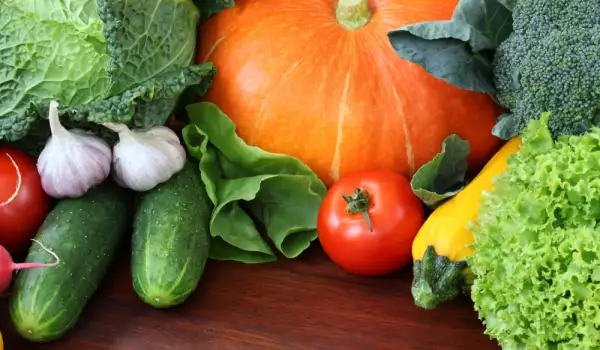
The first digging of the pumpkins is done after the formation of the first real leaf and the second is done before the plants have fully developed side branches. When the plants form 2-3 true leaves, they are transplanted and scattered, by leaving 1 plant in a nest.
Even if you don't have time to regularly water the pumpkins, don't worry - they have a well-developed root system and an excellent ability to use moisture from the lower soil layers.
The produce is harvested towards the end of September, before the heavy autumn rains. The fruits are edible after being left in the sun for 20-25 days after picking them. This improves their quality and shelf life.
See also how to freeze pumpkin, how to clean pumpkin and why pumpkin is healthy.
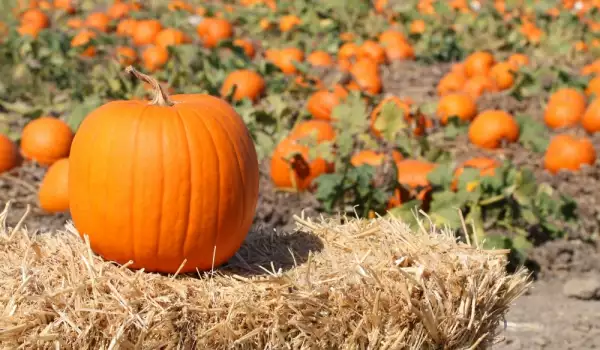
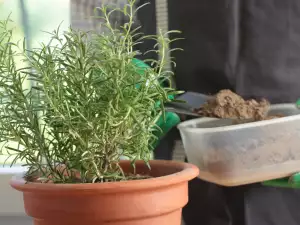




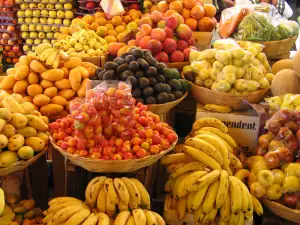

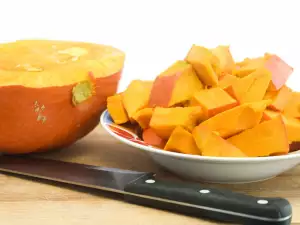


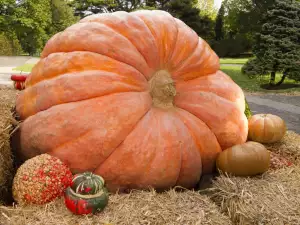
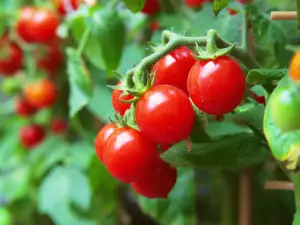




Comments